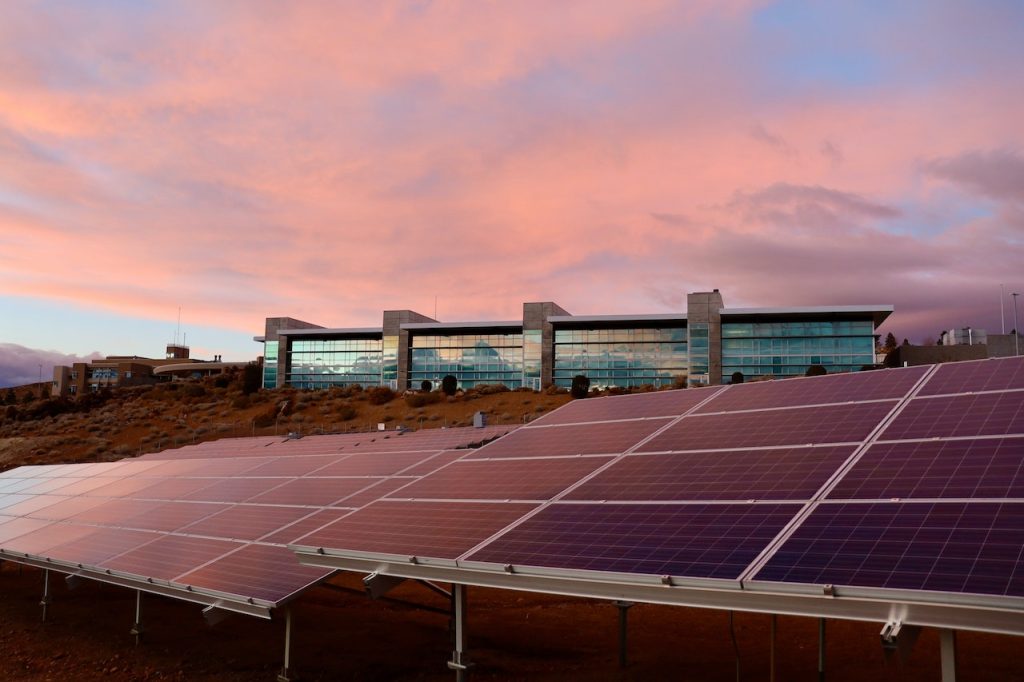Whether you are planning to purchase a new or used solar power system, there are some important things to consider before you buy. These tips will help you to get the most out of your purchase.
Grid-connected
Often referred to as grid-tied solar power system, these systems have become very popular in recent years due to their cost-effectiveness and environmental friendliness. A grid-connected PV system is designed to connect to the utility grid through a power inverter unit. The inverter will convert the DC electricity produced by the photovoltaic array to clean mains AC electricity.
A grid-connected PV system requires low-cost equipment and installation. Unlike stand alone systems, grid-connected PV systems do not need expensive batteries.
PV systems use standard earthing cables and plug and socket connectors for easy installation. These systems also provide an excellent backup function in the event of a power outage.
Grid tied systems can range in size from small solar panels on the roof to a floor-mounted array. These systems use a power meter to measure how much energy is consumed from the grid.
Net metering, or net billing, is a system that credits you for the excess electricity you produce. If your system is set up properly, you can usually sell the power to the grid at a reduced wholesale rate.
Off-grid
Whether you are living in a remote area without grid power, a rural area where you want to generate your own electricity, or in an area where utility companies are not reliable, off-grid solar power systems are a great way to provide your home or business with stable power.
Off-grid solar power systems use batteries to provide backup power when the sun isn’t shining. The main battery inverter-charger is a key component of an off-grid power system.
The solar inverter converts DC power from the solar panel array into AC power for running common household appliances. It can also handle larger loads.
Off-grid solar power systems typically use lead-acid batteries. These come in sealed models and in flooded varieties. They’re relatively expensive, though. The batteries also need to be maintained.
There are a number of off-grid solar kits available, including MPPT solar charge controllers and inverters. Inverters can be battery-based or battery-free. Batteries can be lithium iron phosphate technology, which is expected to be a leading future technology.
Average annual solar power output in NSW
Compared to other countries, Australia has the highest solar energy capacity per capita. This is because Australia is located in the southern hemisphere, which means that it has the highest solar radiation per square metre. It also has a dry climate and high latitude. This makes Australia a leader in the photovoltaic sector.
The annual solar power output in NSW is approximately 58 million PJ. This is more than 10 times the total energy consumption in the country. In Australia, the solar radiation is mainly concentrated in Western and Northern Australia. During the winter months, most parts of Australia receive around four kilowatt-hours per square metre per day of insolation. In the summer months, the average solar radiation is more than six kilowatt-hours per day.
Solar systems are typically installed on rooftops. They range from small and medium-sized systems to large ones. Generally, it is cheaper to install a large-scale solar power system than a small one.
In addition to the cost, large-scale solar projects are subject to planning and other control measures. These projects are classified as state significant developments, which must be assessed by the NSW Department of Planning, Industry and Environment. The Environmental Impact Statement for state significant developments must identify issues raised and proposed management and mitigation measures.

